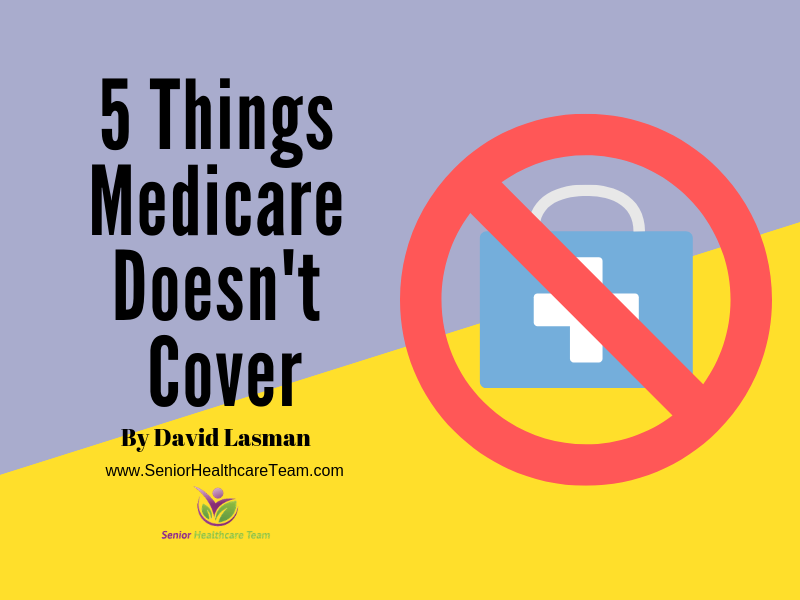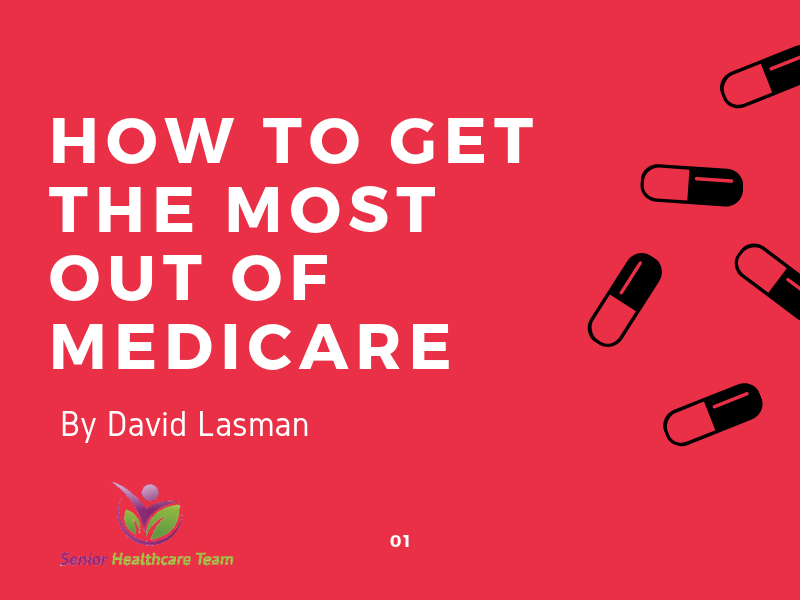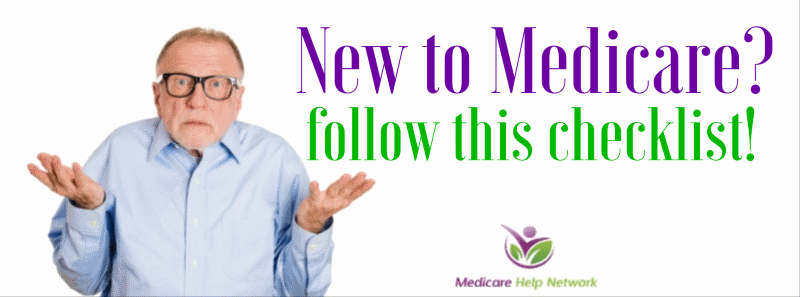It’s important to understand that Medicare Part A and Part B leave some pretty significant gaps in your health-care coverage. Here’s a closer look at what isn’t covered by Medicare, plus information about supplemental insurance policies and strategies that can help cover the additional costs, so you don’t end up with unexpected medical bills in retirement.
Do I Need to Do Anything Else After Medicare?
If you’ve recently enrolled in Original Medicare, congratulations! Now is a good time to learn about the different parts of Medicare, so you can understand what your benefits include and decide if you want to sign up for additional coverage.
5 Things Medicare Doesn’t Cover
Medicare Part A and Part B, also known as Original Medicare or Traditional Medicare, cover a large portion of your medical expenses after you turn age 65. Part A (hospital insurance) helps pay for inpatient hospital stays, stays in skilled nursing facilities, surgery, hospice care and even some home health care. Part B (medical insurance) helps pay for doctors’ visits, …
How to Get the Most out of Medicare
Here’s how to ensure that you get every cent in benefits you’re entitled to. The benefits of Social Security are readily apparent for seniors. Each and every month, for those who qualify and have filed for benefits, the program pays an average of $1,350 to retired workers. This is a tangible and dependable benefit payment that a majority of today’s …
New to Medicare? Follow this Checklist!
#1 – Start your research early – about three month before you turn 65 This is your time to read up on Medicare Parts A, B, C and D to familiarize yourself with the basics. You first need to know what Medicare itself covers and doesn’t cover before you can decide whether a Medigap (Medicare Supplement) plan makes sense for you, or …





